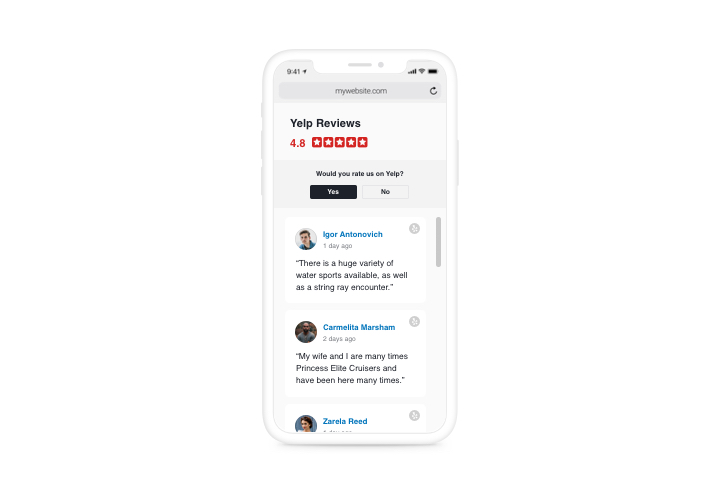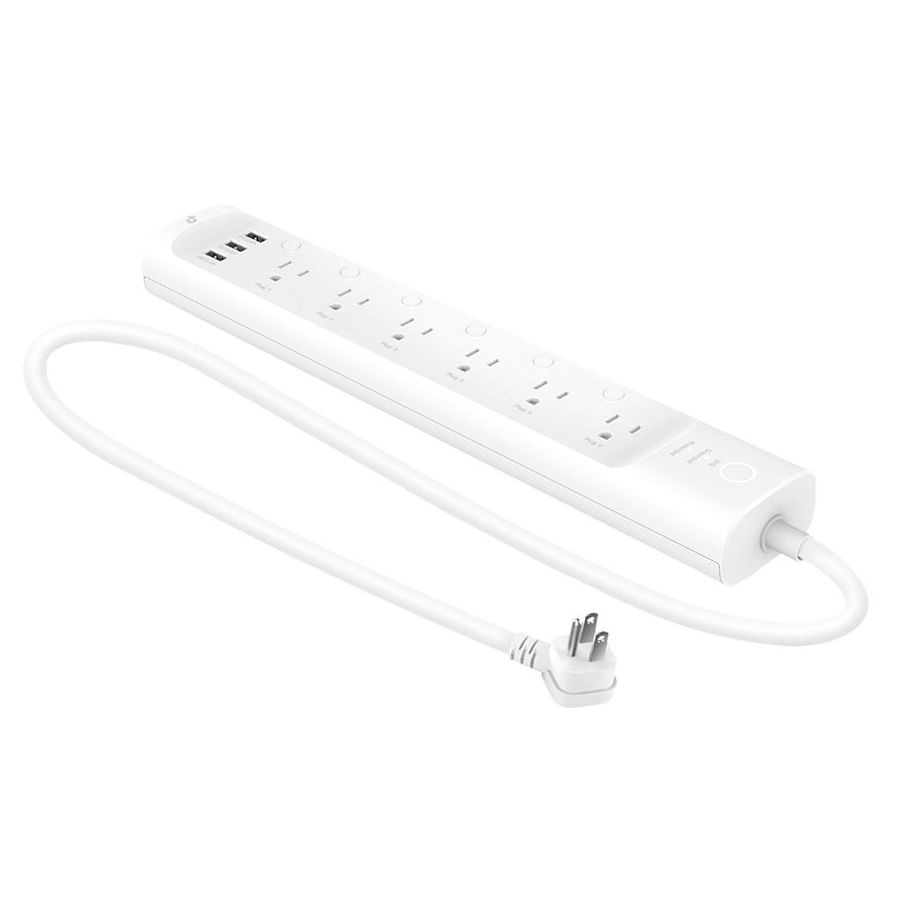
Customer service is one of the most important aspects for a business. Providing a positive customer experience is key to building trust and loyalty. There are many customer service statistics available that will help you keep track of how your business is doing over time and measure the progress.
Customer satisfaction scores: The CSAT is a great metric to measure customer satisfaction with your service. This is a quick indicator of customer satisfaction and can be used against competitors. A high score could mean your customers are happy and engaged. Conversely, a low score could signify poor product quality or poor customer service.
Net promoter score: This customer satisfaction metric shows how likely customers are for their friends and family to recommend your services or products. It can be a valuable way to understand how your customers feel about your company and whether you need to improve your product or service to keep your customers coming back for more.

FRT: Customer satisfaction is measured by the speed at which you respond to customer inquiries. It measures how quickly your team responds customer inquiries. This should be closely monitored to identify any signs of delay. It is important to watch for "hockey stick growth", where it increases gradually and then slows down over time. However, this is not always possible in real-time.
Handle time: This metric measures how long it takes to answer a customer question. It's an important metric for evaluating how your team handles incoming requests, as this can indicate opportunities for improvements in processes or training to improve speed. You also need to divide the topic of conversation, because some topics may take longer than others. If conversations on your account page seem to take more time than other topics for example, it could indicate that you need to improve your documentation or make product changes.
Average ticket count is an important metric to measure how responsive your Customer Service team is to customer needs. It's a good idea to calculate this number on a daily, weekly, or monthly basis so that you can identify trends that may affect your overall service experience.
Customer effort scorecards: These cards can be used to measure how difficult customers are trying to resolve problems with your company. They're an easy way to measure how much effort a customer feels they put into their issue, and 96% of customers who exert high effort are more likely to continue using your product or services.

Top-performing agent: This metric allows you to identify and reward the top customer service representatives within your organization. It can also be used as a metric to track individual agents' performance, and can help you identify people who need extra training or coaching.